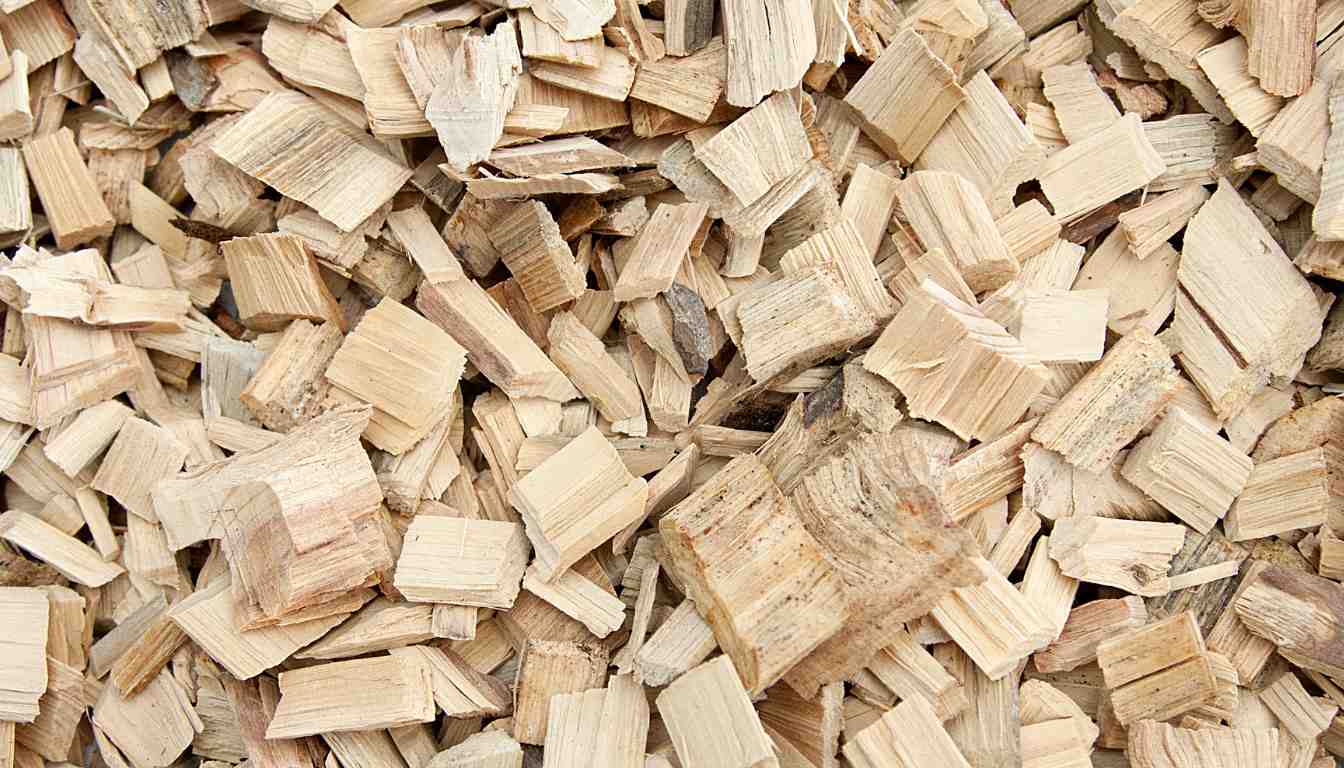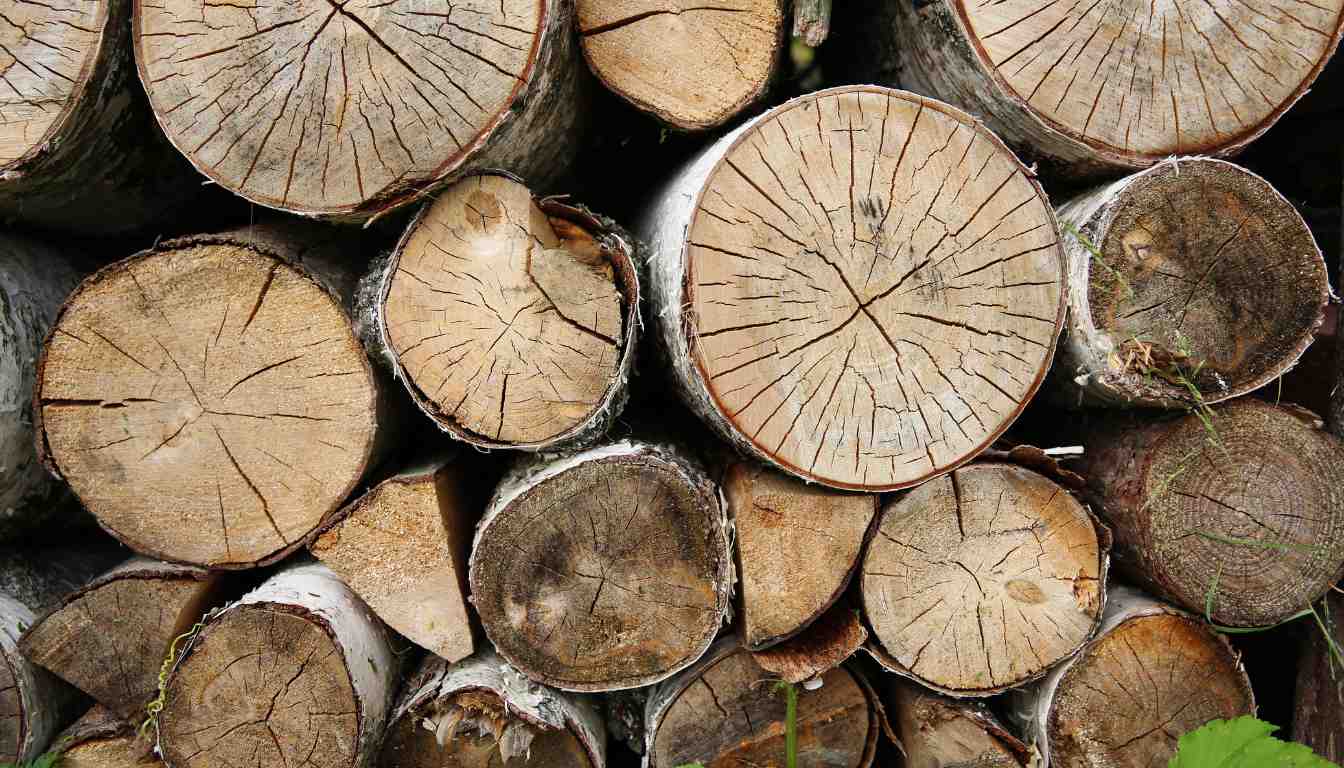Wood is a recyclable material as it can be transformed into new products through various recycling processes. With its ability to be reused and repurposed, wood contributes to sustainability and reduces waste in the environment.
Wood, being a versatile and renewable resource, serves as an essential material in construction, furniture, and other industries. However, the question arises: is wood recyclable? Fortunately, the answer is yes. Wood qualifies as a recyclable material due to its ability to undergo various recycling processes, allowing it to be transformed into new products.
This recyclability helps reduce waste, promote sustainability, and minimize the depletion of natural resources. We will explore the recyclability of wood, the benefits of recycling wood products, and the different methods used in wood recycling. So, let’s delve into the world of wood recycling and its positive impact on the environment.
The Recyclability Of Wood
Wood is often lauded for its environmental benefits, but what about its recyclability? Can wood be recycled
effectively and sustainably? Let’s take a closer look at the recyclability of wood and its impact on the
environment.
Natural Biodegradability
One of the key reasons why wood is considered a recyclable material is its natural biodegradability. Unlike
synthetic materials that can take hundreds or even thousands of years to break down, wood decomposes relatively
quickly, returning to the environment in a natural and sustainable manner. This inherent biodegradability makes
wood a suitable candidate for recycling and reduces the environmental impact associated with its disposal.
Industrial Wood Recycling Processes
In addition to its natural biodegradability, wood can also be recycled through various industrial processes. These
processes involve collecting, sorting, and transforming wood waste into new products or bioenergy. Let’s explore
some of the common industrial wood recycling processes:
1. Chipping:
The first step in industrial wood recycling is chipping, where wood waste is shredded into smaller pieces. This
process creates wood chips or mulch that can be used for landscaping, biomass fuel, or as raw material for
particleboard production.
2. Pulp and Paper Production:
Another common recycling process is pulp and paper production. Wood waste is transformed into pulp, which is then
used to manufacture paper products such as cardboard, newspapers, and tissue paper. This process helps conserve
natural resources and reduces the demand for virgin wood.
3. Wood Composite Manufacturing:
Wood waste can also be used in the production of wood composites, such as particleboard, fiberboard, and
engineered wood. These materials are made by combining wood fibers, resins, and other additives to create
versatile and sustainable products with various applications in the construction and furniture industries.
4. Biomass Energy Production:
Lastly, wood waste can be converted into biomass energy through processes like burning or gasification. This
renewable energy source can be used to generate heat, electricity, or as a biofuel substitute, reducing reliance
on fossil fuels and contributing to the transition towards a more sustainable energy system.
In conclusion, wood is indeed a recyclable material with a variety of industrial recycling processes available.
Its natural biodegradability and ability to be transformed into new products or bioenergy make it an excellent
candidate for recycling. By recycling wood, we can reduce landfill waste, conserve natural resources, and
contribute to a more sustainable future.

Benefits Of Wood Recycling
Wood recycling is an eco-friendly practice that offers numerous benefits for both the environment and resource conservation. When wood products like furniture, pallets, or construction materials reach the end of their life cycle, instead of being disposed of in landfills, they can be recycled and given a new lease on life. Let’s delve into the advantages of wood recycling.
Environmental Impact
Wood recycling positively affects the environment in several ways. By diverting wood waste from landfills, it helps in reducing the production of greenhouse gases and preventing harmful chemicals from leaching into the soil and water systems. Additionally, recycling wood reduces deforestation, as it reduces the demand for new timber harvested from forests.
Resource Conservation
Wood recycling also plays a key role in conserving natural resources. By reusing and repurposing wood products, it reduces the need for new manufacturing processes that consume energy and raw materials. This results in significant reductions in energy consumption, water usage, and the amount of waste generated. Furthermore, recycling wood saves valuable resources like water, land, and energy that would otherwise be required for the production of new lumber.
Not only does wood recycling benefit the environment and conserve resources, but it also adds economic value. Recycled wood can be used for various purposes, such as biomass energy production or manufacturing new wood products. This creates job opportunities and contributes to local economies.
Challenges In Wood Recycling
Wood recycling presents several challenges, including contamination issues and economic viability.
Contamination Issues
Contamination in wood recycling refers to the presence of non-recyclable or hazardous materials within the wood waste stream.
- Paint, varnish, and adhesives are common contaminants that make recycling difficult.
- Contaminated wood can pose environmental and health risks if not properly managed.
Economic Viability
Ensuring the economic viability of wood recycling initiatives is essential for their sustainability.
- High costs associated with collecting, sorting, and processing recycled wood pose a significant challenge.
- Lack of demand for recycled wood products can hinder the economic feasibility of recycling programs.
Innovations In Wood Recycling
Advanced Sorting Technologies
One of the key areas where innovation has taken center stage is in the development of advanced sorting technologies. Traditional wood recycling methods often rely on manual sorting, which can be labor-intensive and inefficient. However, with the integration of cutting-edge technologies, such as near-infrared spectroscopy and X-ray imaging, the sorting process has become more precise and efficient.
These innovative technologies can identify and separate different types of wood based on their chemical properties or structural characteristics. This not only allows for a more streamlined recycling process but also enables higher recovery rates of valuable wood materials, reducing waste and maximizing the potential for recycling.
Upcycling And Repurposing Initiatives
Another area of innovation in wood recycling is the growing emphasis on upcycling and repurposing initiatives. Instead of simply recycling wood into lower-grade products or fuel, there is an increasing focus on finding creative and sustainable ways to give wood a new lease on life.
These initiatives involve transforming reclaimed or recycled wood into high-value products, such as furniture, flooring, or architectural elements. The goal is to add value to the wood instead of treating it as disposable waste, thus extending its lifecycle and reducing the overall demand for new wood resources.
Additionally, upcycling and repurposing wood can also have aesthetic and environmental benefits. By incorporating unique and weathered wood pieces into new designs, it adds a touch of character and authenticity. Moreover, these initiatives help to reduce the carbon footprint associated with the production of new wood products, making it a more sustainable choice for both businesses and consumers.
The Future Of Wood As An Eco-friendly Material
Wood has long been valued for its versatility and natural beauty. In recent years, there has been a growing focus on incorporating sustainable practices into every aspect of our lives. As a result, the future of wood as an eco-friendly material is gaining significant attention.
Potential For Circular Economy Integration
The circular economy is a regenerative model that aims to minimize waste and maximize resource efficiency. Wood, as a recyclable material, has the potential to play a crucial role in this transition. Its organic nature allows for easy decomposition, making it an ideal candidate for composting and soil enrichment.
- Wood waste can be diverted from landfills and used in the production of biofuels or renewable energy through combustion.
- Recycled wood can be repurposed for various applications such as furniture, construction materials, or even artwork.
- By promoting the reuse and recycling of wood products, we can reduce the demand for new wood and ultimately mitigate deforestation.
Role Of Sustainable Forestry Practices
Sustainable forestry practices play a vital role in ensuring the long-term viability of wood as an eco-friendly material. These practices prioritize responsible harvesting, reforestation, and forest management techniques that maintain the health and biodiversity of our forest ecosystems.
- Certification programs, like the Forest Stewardship Council (FSC), provide assurance that wood comes from sustainably managed forests.
- Forest restoration initiatives are gaining momentum, aimed at rehabilitating degraded forests and protecting critical habitats.
- Implementing sustainable logging practices, such as selective harvesting, helps minimize environmental impact while supporting the continued growth of our forests.
By embracing a circular economy and promoting sustainable forestry practices, we can secure a brighter future for wood as an eco-friendly material. It is up to us to make conscious choices that prioritize the preservation and responsible use of this valuable resource.

Frequently Asked Questions Of Is Wood A Recyclable Material
Can I Put Wood In My Recycling Bin?
Wood should not be put in your recycling bin as it can be recycled separately. Consider reusing or repurposing wood items instead. Contact your local waste management facility for proper disposal options.
What Woods Cannot Be Recycled?
Woods like pressure-treated wood, plywood, particleboard, and MDF cannot be recycled due to their chemical additives and composition.
Why Don’t We Recycle Wood?
Wood recycling is not commonly practiced due to the challenges involved in separating treated, painted, and glued wood, making it less cost-effective.
Can You Use Recycled Wood?
Yes, recycled wood can be used for various purposes, including furniture, flooring, and construction. It is a sustainable and eco-friendly option that reduces waste and helps to conserve natural resources. When sourced and treated properly, recycled wood can be just as durable and reliable as new wood.
Conclusion
Wood is a highly recyclable material with numerous environmental benefits. Its natural properties make it an ideal choice for sustainable construction, furniture, and various other applications. By understanding the recyclability of wood and supporting responsible forestry practices, we can contribute to a greener and more sustainable future for our planet.


